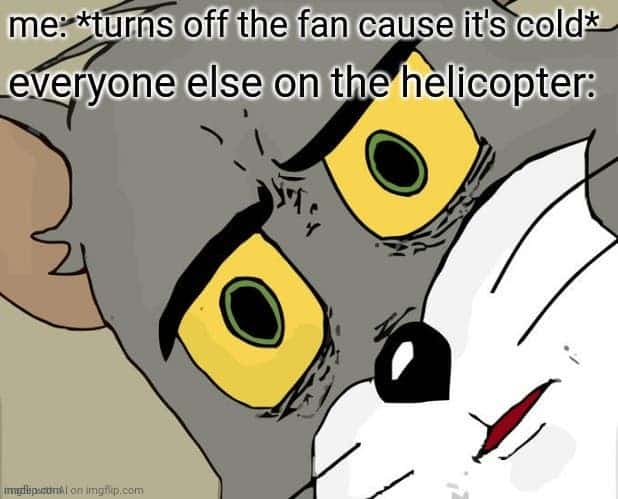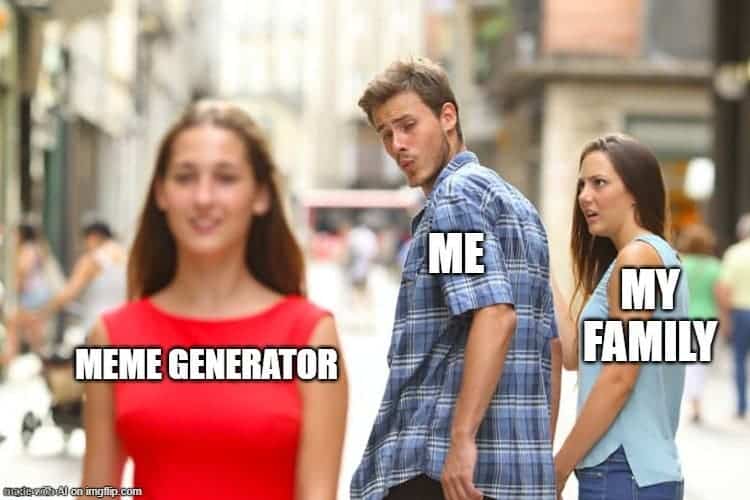There are 48 classic meme formats, one AI, and endless possibilities — I’ve spent far too much time on it.

There are a few things essentially synonymous with internet culture. Cats are a worthy candidate. Blogs are another; and then, there’s memes. In one form or another, memes have been floating around since the early days of the internet, but now, they’re not just for humans anymore.
“Image memes have become a widespread tool used by people for interacting and exchanging ideas over social media, blogs, and open messengers. This work proposes to treat automatic image meme generation as a translation process,” the new study reads.

The neural network was trained with public images uploaded to Imgflip — including profanity, so don’t say you haven’t been warned. It generates countless memes starting from some of the most popular meme formats on the internet.
The 48 meme formats include Pikachu Face, Guy Tapping Meme, Jealous Girlfriend, and a ton of other classics. You select the template you want, click refresh until you find something good and… enjoy the results.

Most memes are pretty bad, they don’t make much sense, but sometimes, they’re hilariously good. I wouldn’t say memes will be taken by AI overlords anytime soon, but there is definitely some good material waiting to be discovered.
I’ve bugged my coworkers to try this out and we’ve selected some of the funniest memes we could get. We’ll let them here for your scientific perusal.



The neural network has been described in a paper on the preprint server arXiv.
Feel free to share your best results in the comment section.






